- Sunday, 21 December 2025
Ensure Physical Safety Of Journalists
As World Press Freedom Day approaches on May 3, the death of photojournalist Suresh Rajak of Avenues Television in Kathmandu in March 2025, along with mob attacks on media houses, including Kantipur Publications and Annapurna Post, serves as a stark reminder of the fragile state of press freedom in Nepal. These events have sent shockwaves through the Nepali media community. It was later revealed that these attacks were premeditated and carried out during a protest organised by right-wing pro-monarchy supporters. This mob violence against journalists and media institutions is a grim reality check — not only for the health of journalism in Nepal but for the state of democracy in our federal republic.
“During the recent right-wing protests in Nepal, I feared for my life. Many of us had to hide our identity as journalists to avoid being attacked. Protesters were openly shouting …let’s find journalists and attack them,” said Ramkala Khadka, a news coordinator at the Annapurna Post and president of the Working Women Journalists. As a journalist working for one of the media outlets targeted that day, she and many others are still in shock that such brazen attacks occurred in a democratic nation. Unfortunately, the Nepal government’s response was insufficient in preventing or controlling the violence.
Urgent measures
Since the restoration of democracy in 1990, Nepal has made significant progress in press freedom, transitioning from an absolute monarchy to a federal republic. Nepal’s media played a crucial role in this transformation, fostering democratic values and public discourse. However, the attacks in March of 2025, which resulted in deaths and injuries, demonstrate that press freedom remains vulnerable even 35 years later. Urgent and serious measures are needed to safeguard it.
World Press Freedom Day was established by the United Nations General Assembly in December 1993 and has been observed every year on May 3. It commemorates the adoption of the Windhoek Declaration, which underscores the importance of an independent, pluralistic and free press as a cornerstone of democracy and sustainable development.
Yet, press freedom in Nepal is increasingly under threat. According to Freedom Forum Nepal, 53 incidents of press freedom violations were documented between January 1 and December 31, 2024. These affected 92 media personnel — 15 per cent women and 85 per cent men. The number of incidents increased slightly from 2023, with more women journalists among those affected. Given the violent events of 2025, there is a real concern that attacks on the free press will escalate further this year.
Journalists are often among the first responders to events, reporting from the frontlines to inform the public. This vital role puts them at significant risk, especially during protests and violent outbreaks, where they are frequently targeted simply for doing their jobs and upholding citizens’ right to know. Promoting the safety of journalists and ending impunity for crimes against them are central goals of UNESCO’s support for press freedom. This is aligned with the UN Plan of Action on the Safety of Journalists and the Issue of Impunity. Despite efforts by international watchdogs, many perpetrators of violence against journalists continue to go unpunished.
While physical threats remain, a new challenge is emerging in the form of Artificial Intelligence (AI). As we mark World Press Freedom Day on May 3, 2025, we must also consider AI’s growing impact on press freedom and freedom of expression. The Windhoek+30 Declaration of 2021— endorsed unanimously by UNESCO — reaffirms the importance of treating information as a public good. In this context, AI brings both promise and peril. AI can enhance journalism through fact-checking and automation, but it also poses risks. It can spread misinformation, manipulate public opinion, and be used by powerful states and individuals to control narratives. AI-driven technologies can also increase online hate speech and censorship.
Women journalists are especially vulnerable. They often face cyberbullying and gender-based violence more than their male counterparts. While AI has the potential to help victims through digital tools that enhance fairness and safety, it can also worsen the risks. The UN Commission on the Status of Women has recognised Technology-Facilitated Gender-Based Violence (TFGBV) as a global issue, particularly affecting women in public roles like journalism. AI can generate deepfakes, doctored images, and disinformation aimed at discrediting women journalists. These attacks threaten not only their professional reputation but also their personal safety and mental health.
Safety
According to the Committee to Protect Journalists (CPJ), the year 2024 has been the deadliest for journalists since they started tracking such incidents over the past three decades. At least 124 journalists and media workers were killed, with nearly 70 per cent of these deaths occurring in Gaza. According to Reporters Without Borders, over 145 journalists have been killed in Palestine since October 2023, with at least 35 of these deaths directly linked to their journalistic work. Additionally, 550 journalists were imprisoned worldwide in 2024, marking a 7 per cent increase from the previous year.
According to UNESCO, more than 60 per cent of journalist killings in 2024 occurred in conflict zones, which is the highest in a decade. Therefore, though World Press Freedom Day is observed on May 3, it should serve as a month-long opportunity to reflect, review, and recommit to protecting the freedom of the press and the safety of journalists, both essential to preserving democracy.
(Sharma is a senior journalist and women’s rights advocate. namrata1964@yahoo.com or on X @NamrataSharmaP.)



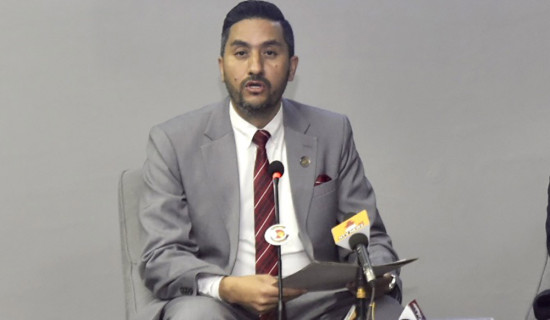
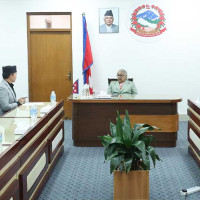
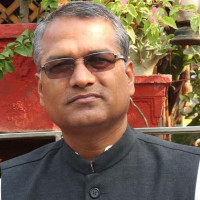
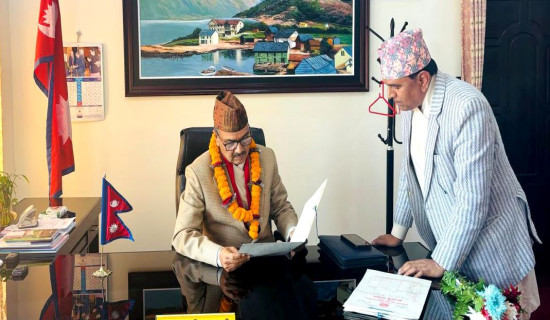
-square-thumb.jpg)
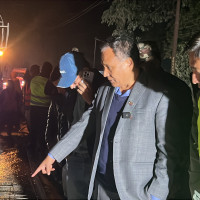

-(1)-original-thumb.jpg)





